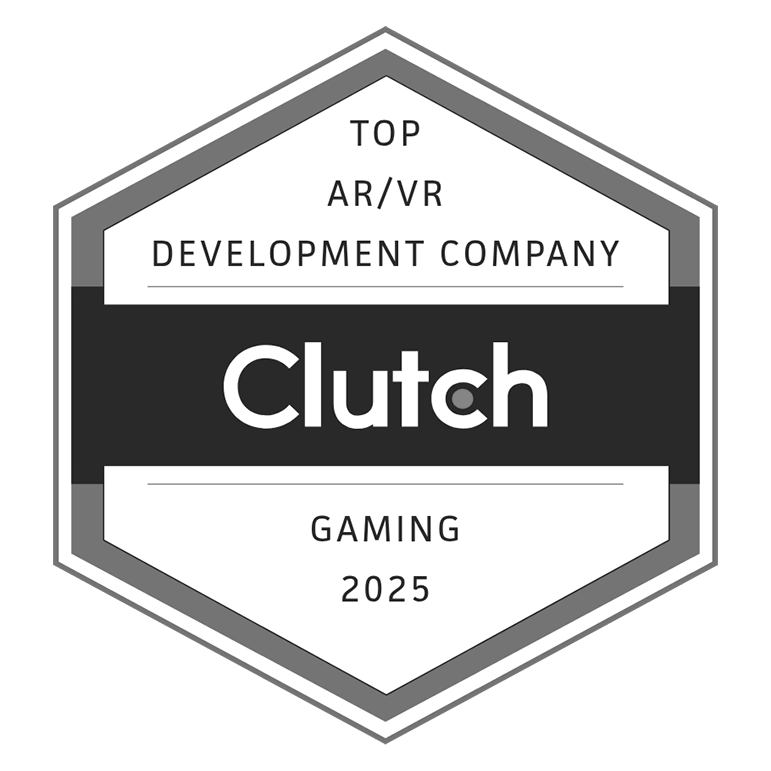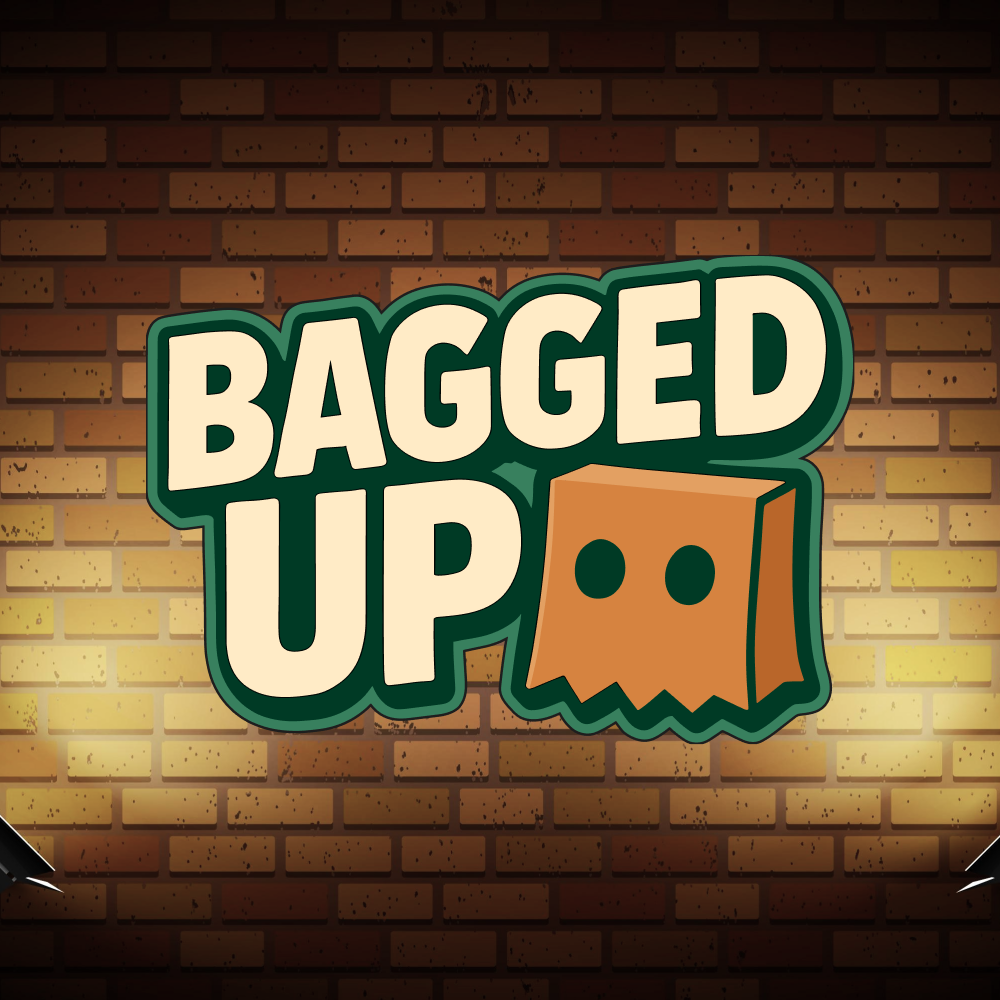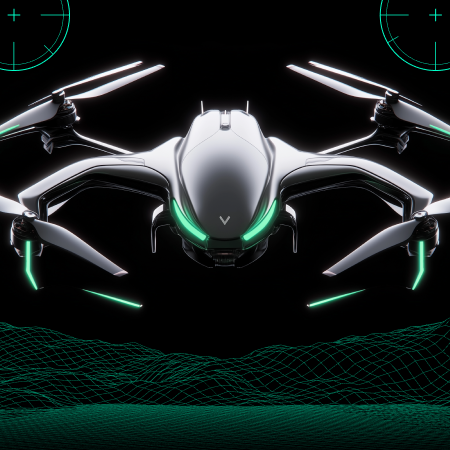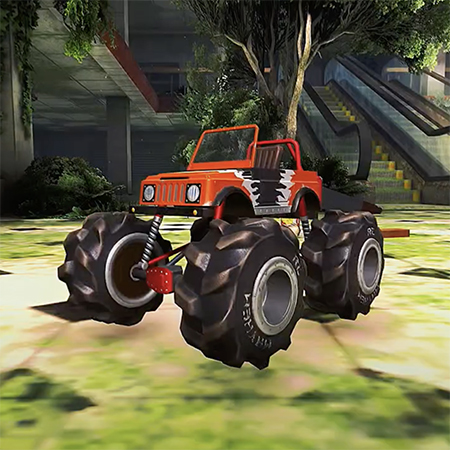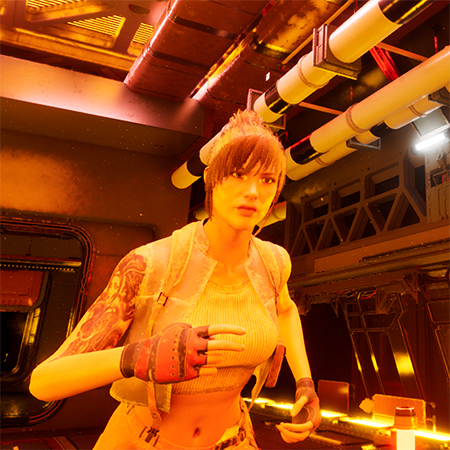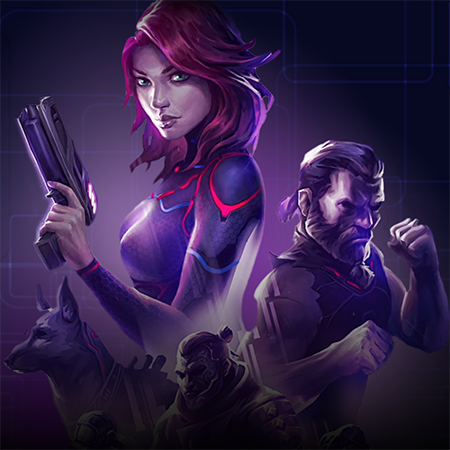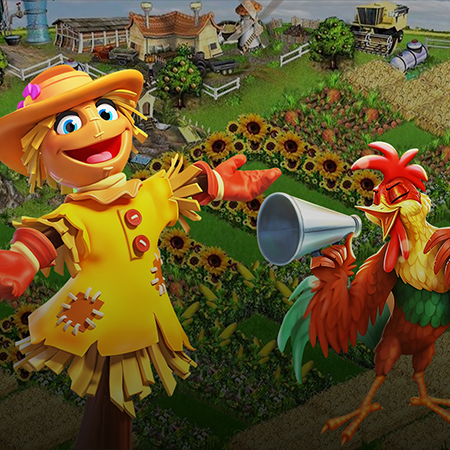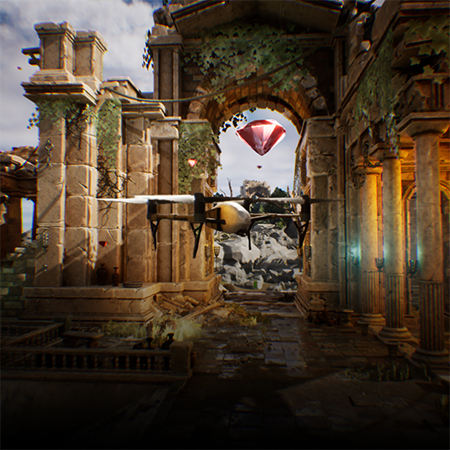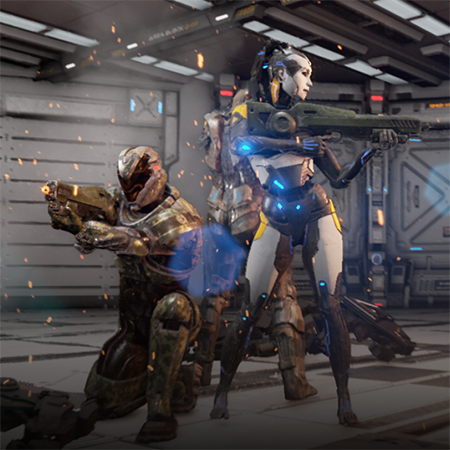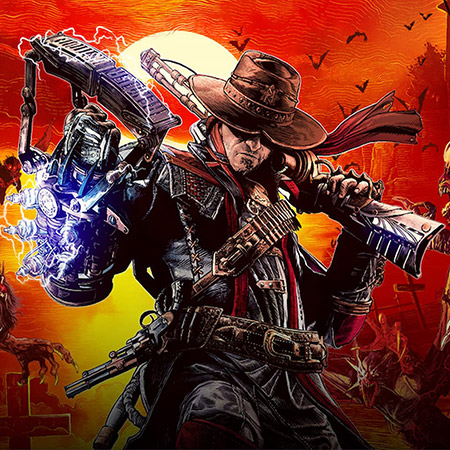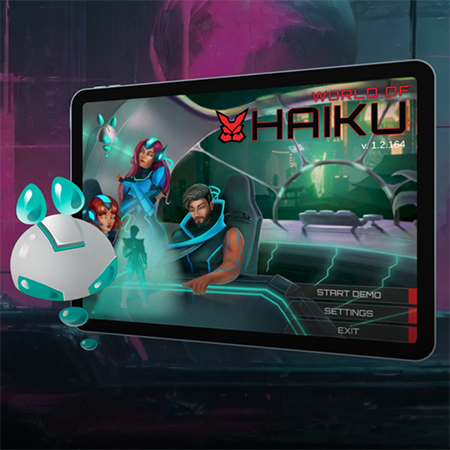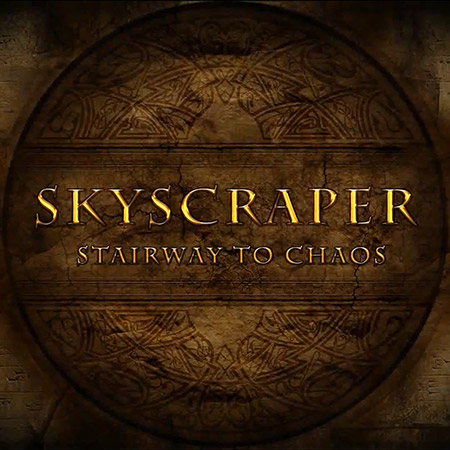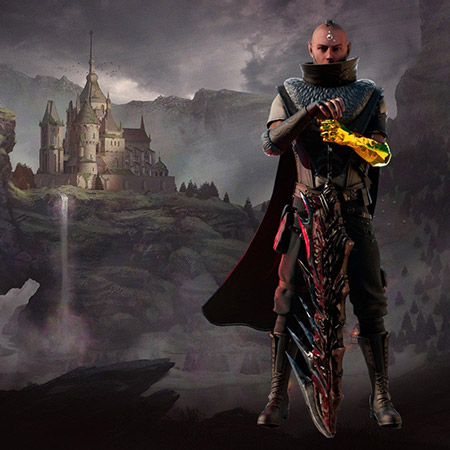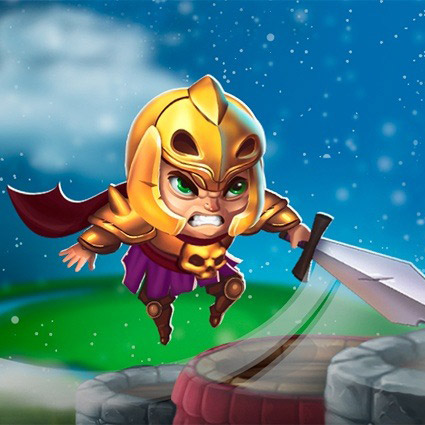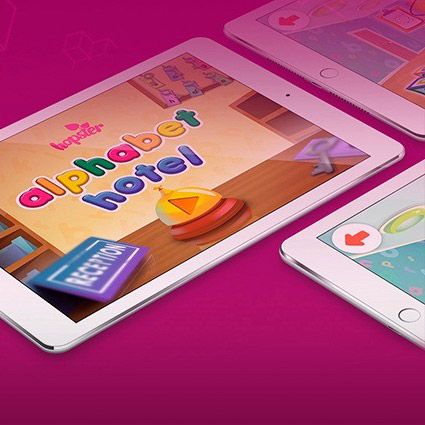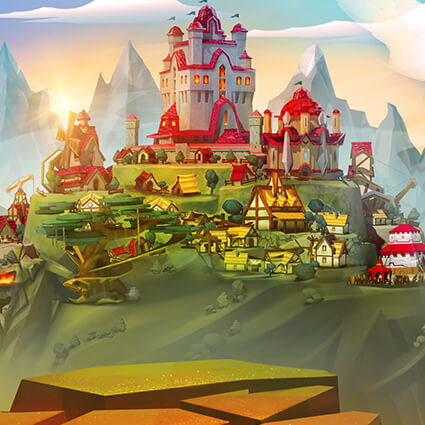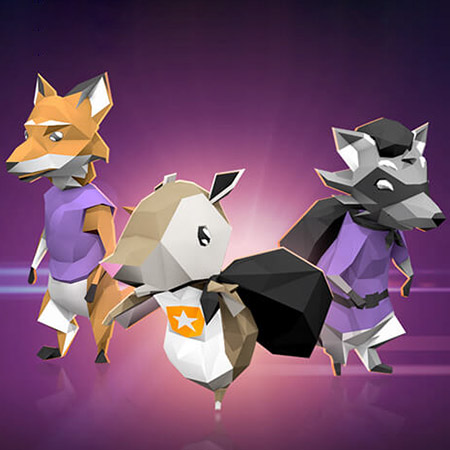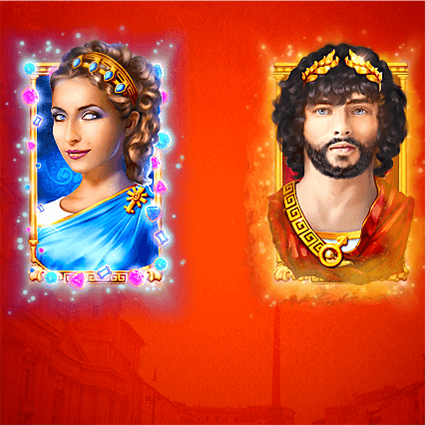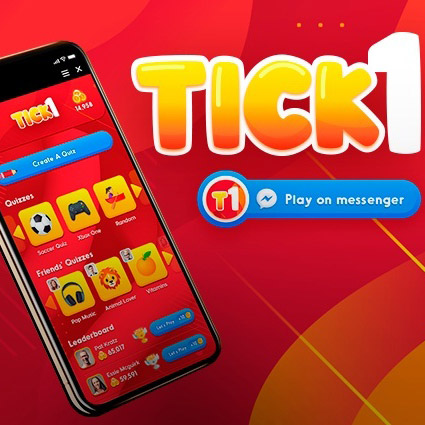The global gaming industry continues to proliferate, with AAA titles setting new standards for player experiences. These games, featuring highly realistic graphics, intricate storylines, and advanced technologies like motion capture, require extensive development timelines, often spanning several years. Creating such projects demands the expertise of multiple teams — spanning design, development, and beyond — all working in unison to produce a cohesive masterpiece.
It is essential to bring specialized professionals on board to ensure that all teams are aligned and that there are no communication gaps. Among the key positions in game development, the role of a technical artist stands out. This professional is crucial for bridging the gap between the project's creative and technical aspects, particularly in game art design. By working closely with both artists and developers, the technical artist ensures that assets are optimized for performance, fully integrated into the game engine, and meet the artistic vision of the project.
In large-scale game development, the involvement of a technical artist is vital to keeping every part of the process running smoothly. Their understanding of the project's artistic and technical demands facilitates better team communication, ensuring that the artistic assets created are functional within the game's engine and aligned with the overall design vision. Therefore, if you want to hire tech artists who know the score, read on.
What is a Technical Artist?
A technical artist plays a pivotal role in game development by acting as the crucial link between the development and art teams. Their main responsibility is to ensure that the artists' creative vision can be effectively integrated into the technical framework created by the developers. This hybrid role requires a unique combination of artistic talent and technical expertise, allowing them to translate creative ideas into assets that function optimally within the game's engine.
Unlike other artists who focus primarily on the visual aspects of a game, technical artists are equipped with a wide range of technical skills. They may be proficient in sculpting, drawing, and designing, but what sets them apart is their knowledge of programming, rigging, and asset optimization. This technical expertise allows them to ensure that the art assets — whether 3D models, textures, or animations — are compatible with the game engine and run smoothly during gameplay.
Technical artists work closely with developers and artists to identify potential performance bottlenecks and resolve any issues related to asset integration. They often handle tasks such as rigging characters for animation, setting up lighting for environments and optimizing 3D models to ensure that the game runs efficiently without sacrificing visual quality. Additionally, they may write custom tools and scripts to streamline workflows, further enhancing productivity within the team.
The role of a technical artist is vital in modern game development, especially in larger projects where collaboration between multiple teams is essential. By combining their creative and technical skills, they help balance artistic quality and technical feasibility, ensuring that the final product is visually stunning and technically sound.
What Does a Technical Artist Do?
A technical artist, often referred to as a TA, ensures that the artwork produced by the artists aligns seamlessly with the technical requirements of the development process. Their role bridges the gap between creative and technical teams, helping artists understand how to create assets that integrate smoothly with the game engine. Below are some of the core responsibilities of a technical artist:
- Ensuring compatibility. They make sure that 3D models, textures, and animations work efficiently within the game engine.
- Optimizing assets. Technical artists fine-tune models, textures, and other assets to ensure the game runs smoothly without compromising visual quality.
- Collaborating with developers. They work closely with developers to implement creative assets into the game's code, addressing technical issues as they arise.
- Creating tools and scripts. Technical artists often develop custom tools or scripts to automate and streamline processes, making it easier for artists and developers to work together.
- Handling rigging and animation. They take care of rigging characters and setting up animations, ensuring everything moves fluidly within the game.
- Addressing performance issues. Technical artists identify potential performance bottlenecks and resolve them to optimize the game’s overall performance.
By managing the technical aspects of asset creation, technical artists ensure that the final product maintains a balance between artistic vision and technical feasibility.
VFX created by Game-Ace's technical artist
The Difference Between Artistic and Technical Drawing
Artistic drawing and technical drawing serve distinct purposes in various fields despite both being forms of visual expression. Artistic drawing typically aims to evoke emotion, creativity, or an abstract representation of nature, focusing on aesthetics and interpretation.
In contrast, technical drawing — also known as engineering drawing — is precise and functional, focusing on accurately depicting real-world objects and systems. Its main goal is to communicate detailed, practical information essential for design, construction, and manufacturing. Understanding the differences between these two approaches helps highlight their unique roles in art and engineering.
| Aspect | Artistic Drawing | Technical Drawing |
| Purpose | Expresses emotions, creativity, or abstract ideas. | Depicts real objects with accuracy to illustrate functionality. |
| Representation | Often interprets nature or the imagination subjectively. | Strictly represents real-world items based on measurements. |
| Detail level | May emphasize mood or style over technical detail. | Includes highly specific details, dimensions, and annotations. |
| Tools used | Typically involves traditional art tools like pencils, brushes. | Utilizes drafting tools like rulers, compasses, and software. |
| End goal | Evoke emotions or showcase artistic skill. | Communicate precise design, assembly, or construction details. |
Both artistic and technical drawings play essential roles in their respective fields, each tailored to its unique audience. Artistic drawings are appreciated for their emotional depth and creative freedom, often leaving interpretation up to the viewer.
On the other hand, technical drawings serve a more practical function, ensuring that real-world objects can be accurately constructed or understood by following the detailed information they provide. Understanding these distinctions allows one to better appreciate both the creativity of artistic drawing and the precision required for technical drawing, acknowledging their importance in art and engineering alike.
Technical Artist vs. Technical Designer
The roles of technical artists and technical designers are both essential in game development, but they focus on different aspects of the process. A technical artist primarily integrates and optimizes art assets within the game engine, ensuring that the visual elements function smoothly.
Their work bridges the gap between the artistic and technical teams. Meanwhile, a technical designer specializes in developing the game’s systems and mechanics, focusing on the technical aspects of gameplay. Both positions require a blend of creativity and technical expertise, yet their responsibilities and goals differ significantly.
| Aspect | Technical Artist | Technical Designer |
| Primary focus | Works with game engines to integrate and optimize art assets for in-game performance. | Focuses on developing the game’s technical systems and gameplay mechanics. |
| Responsibilities | Porting assets, rigging, setting up animations, optimizing 3D models and textures. | Creating complex systems, developing AI behaviors, designing game mechanics. |
| Collaboration | Works closely with artists and developers to ensure art assets perform correctly. | Collaborates with developers and designers to refine and implement gameplay systems. |
| Required skills | Expertise in 3D modeling software, rigging, animation, and scripting tools. | Strong programming knowledge, familiarity with game design principles, problem-solving. |
| Impact on workflow | Improves workflow efficiency for artists by ensuring assets are technically sound. | Enhances the player experience by creating and refining systems that drive gameplay. |
| Role in development | Ensures the game runs efficiently while maintaining visual quality. | Shapes the core functionality of the game, ensuring technical systems support design. |
| Tools used | Game engines (Unity, Unreal), 3D modeling tools (Maya, 3ds Max), scripting languages. | Development environments, scripting tools, AI frameworks, physics engines. |
| Goal | Ensure that art assets are fully functional and optimized within the game engine. | Build and fine-tune the technical foundation that powers the game’s mechanics. |
While technical artists and designers bring essential technical skills to the game development process, their roles are distinctly different. Technical artists focus on ensuring a game's visual aspects are fully integrated and optimized for performance, ensuring a smooth experience for players and a more efficient workflow for artists.
In contrast, technical designers concentrate on creating the systems that define how a game works, developing the core mechanics that shape the player's interaction with the game world. Both positions are crucial to the overall success of a game, each contributing uniquely to the final product.
Want to know more about Game-Ace's work?
Hiring a Technical Artist: What Skills Does a Technical Artist Need?
Technical artists serve as a vital link between the creative and technical teams in game development, working closely with the creative director, lead artist, and lead developers to ensure the smooth integration of art assets into the game. Their role requires a deep understanding of all art-related disciplines, from modeling and texturing to animation and special effects.
By bridging the gap between artists and programmers, technical artists play a crucial part in ensuring that the artistic vision is realized while meeting the technical constraints of the game engine. Below are the core responsibilities of a technical artist:
- Configuring and maintaining the art production workflow. They are responsible for setting up and maintaining the workflow that allows artists to create and implement assets efficiently. This involves ensuring that tools, techniques, and processes are streamlined and accessible to the art team.
- Determining the tools and packages that the studio should use. Technical artists are in charge of selecting the software and tools that best fit the studio’s needs. This includes identifying 3D modeling software, texture creation tools, animation suites, and plug-ins that enhance productivity and asset quality.
- Investigating useful and new art techniques for better implementation. To stay on the cutting edge, technical artists constantly research new techniques, software, and methods for creating and integrating art. This might include testing new rendering techniques, shaders, or optimization strategies to improve the game's visuals without sacrificing performance.
- Spotting potential art-related problems and helping other artists resolve them. A key part of the technical artist's role is troubleshooting. When art assets cause performance issues or fail to work as expected in the game engine, the technical artist steps in to resolve these problems, ensuring that everything functions properly.
- Developing graphic rendering workflows. Technical artists design and implement workflows that manage how graphics are rendered within the game engine. They optimize the process to ensure smooth gameplay, good frame rates, and visually appealing effects.
- Listening to both programmers and artists and bridging the communication gap. Effective communication between teams is essential in game development. Technical artists translate the needs of the art team to the developers and vice versa, ensuring that both sides work harmoniously toward the same goals.
- Knowledge of most popular high-end coding languages. Although primarily focused on the artistic side, technical artists are also skilled in coding. They often use programming languages such as Python, C++, or scripting languages within game engines to create tools and workflows that facilitate asset integration and optimization.
- Rendering and post-effects experience. Technical artists bring expertise in rendering techniques and post-processing effects, ensuring that the final look of the game is polished and visually compelling. They work with lighting, shadows, reflections, and other visual effects to enhance the atmosphere of the game.
In sum, the role of a technical artist is multifaceted and requires a unique blend of creativity, technical know-how, and problem-solving skills. Their contributions are essential for ensuring that the artistic vision of the game is realized without compromising the game's performance or playability. By streamlining workflows, resolving technical issues, and optimizing assets, they ensure that both art and technology function in harmony, resulting in a polished and cohesive final product.
Have any questions about technical artist work?
Specialization of Tech Artist: How to Choose the Right One?
Now that you clearly understand the technical artist's role and key responsibilities, it's essential to explore how to select the right one for your studio. Choosing a technical artist who aligns with your specific needs and project goals can significantly impact the quality and efficiency of your game development process. Here are some factors to consider when making that decision:
- Project requirements. First, identify the specific needs of your project. Does your game require complex character animations, high-end visual effects, or optimized 3D modeling for mobile platforms? Understanding the technical requirements will help you choose a technical artist with the right expertise, whether that's in rigging, shader development, or performance optimization.
- Experience with your chosen game engine. Technical artists may specialize in various engines, such as Unity or Unreal Engine. Make sure the technical artist you choose is proficient in the engine your studio is using, as this will ensure seamless integration of assets and efficient workflow.
- Specific tools and software proficiency. Check whether the technical artist has hands-on experience with the software your team relies on, such as 3DS Max, Maya, Blender, or Substance Painter. If your project requires specific tools for rendering or asset creation, selecting a technical artist familiar with these will enhance your workflow.
- Collaborative skills. Since a technical artist acts as a bridge between the art and development teams, strong communication and collaboration skills are crucial. Look for someone to facilitate clear communication between both teams, ensuring that artistic and technical requirements are aligned.
- Problem-solving ability. The right technical artist should excel at troubleshooting and resolving issues, particularly in areas where art assets are causing performance problems or integration issues in the game engine. Their ability to identify potential problems early and provide effective solutions is key to smooth development.
- Specialization within technical artistry. Depending on your studio's specific focus, you may need a technical artist specializing in areas such as rigging, rendering, or procedural generation. Finding a specialist who can handle these specific aspects will improve the quality and efficiency of your project.
By carefully considering these factors and aligning them with your project's goals, you can choose a technical artist who possesses the necessary technical skills and fits well with your studio's workflow and creative vision.
By Type of Art
In game development, art is typically divided into two distinct categories, and selecting the right technical artist largely depends on understanding your specific needs within these areas. The first type of art involves 2D elements, often used for interface design, textures, and background visuals.
A technical artist specializing in this area will focus on optimizing 2D assets, ensuring they integrate seamlessly with the game engine while maintaining visual quality and performance. Their expertise lies in handling tasks such as sprite rendering, texture compression, and the efficient use of visual effects to enhance gameplay without affecting performance.
On the other hand, 3D art represents the second type, encompassing everything from character models to environmental designs. A technical artist skilled in 3D will manage more complex tasks, such as rigging, animating, and optimizing 3D models.
They work closely with developers and other artists to ensure that these assets are visually compelling and technically sound, running smoothly within the game engine. Whether it involves reducing polygon count for low-poly models or developing complex shaders for high-end visuals, they balance artistic creativity with technical constraints.
Choosing the right technical artist depends on the type of art your project demands. If your game relies heavily on 2D assets, finding a technical artist experienced in 2D optimization and rendering will be crucial.
Alternatively, if your game involves intricate 3D models and environments, selecting a technical artist with expertise in 3D workflows, animation, and performance optimization will ensure the game's artistic elements function flawlessly in the engine. Understanding these distinctions allows you to make an informed decision, ensuring the technical artist you choose meets the specific needs of your project.
1. 2D Technical Artist
2D design is generally associated with flat objects and shapes that involve height and width. For example, a simple triangle on paper. In games, more vivid characteristics are added to 2D art through style, saturation, color, and creativity. Some of the key types of 2D art that a technical artist should understand are:
- Vector art
- Pixel art
- Flat art
- Doodle art
- Cutout art
- Monochromatic art
- Cel shading art
2. 3D Technical Artist
If you add another dimension (depth) to 2D shapes and objects, then it becomes three-dimensional. Most AAA titles in recent years, such as Red Dead Redemption, Assassin Creed Valhalla, Zero Horizon Dawn, are three-dimensional games. Here are some of the most important 3D art styles that a technical artist should know:
- Realism
- Fantasy Realism
- Low Poly
- Hand-Painted
- Cartoon
- Collage
- Anime
By Game Engine
Numerous game engines are available today, each acting as the foundational software that powers your game. These engines serve as the core platform upon which all game elements, from graphics to physics, are built and executed. They provide essential tools and frameworks for developers and artists to create, optimize, and bring games to life. The right engine can influence your game's overall performance, visual quality, and scalability, making it crucial to choose one that aligns with your project’s specific needs.
Engines such as Unity, Unreal Engine, and Godot are popular choices, each offering unique strengths depending on the type of game you're developing. Unity, for instance, is widely known for its versatility and ease of use, making it a preferred choice for 2D and 3D games. On the other hand, Unreal Engine is renowned for its advanced graphical capabilities and is often chosen for high-end AAA projects requiring photorealistic visuals. Godot provides a flexible and open-source option, ideal for indie developers looking for a lightweight yet powerful solution.
Selecting the right game engine is pivotal to the success of your game, as it not only dictates the technological framework but also impacts the development workflow and the final player experience.
1. Unreal Engine Technical Artist
Unreal engine is the most popular and one of the most commonly used game engines that offer robust data translation, lifelike animation, dynamic physics and effects, and photorealistic rendering. Understanding how this engine works and how to operate it is essential for any technical artist.
2. Unity Technical Artist
Unity is another popular and commonly used cross-platform game engine, and it currently supports more than 25 platforms. Some of the best traversal games, such as Hollow Knight and Ori and the Blind Forest, are made on Unity. Having a comprehensive knowledge of this platform is undoubtedly an edge for a technical artist, and if it’s your primary software, then it’s a must.
3. Other Game Engines
There are also many other game engines that are used in the game industry, such as:
- Godot
- GameMaker
- Amazon Lumberyard
- CryEngine
In addition to popular game engines like Unity and Unreal, some studios choose to create their own proprietary game engines designed to meet their specific requirements and used exclusively for their projects. Developing an in-house engine offers greater control over customization, allowing studios to tailor the engine to their games' unique needs, whether optimizing performance for certain platforms or implementing highly specialized features.
If your goal is to develop a custom game engine, hiring a technical artist who has a solid understanding of how game engines function at a foundational level becomes essential. While they may not need to be experts in engine development, their familiarity with core engine components, such as rendering pipelines, asset optimization, and real-time performance, will ensure they can work effectively alongside developers. This knowledge allows them to assist in the smooth integration of art assets and resolve any issues that arise as the engine evolves.
By having a technical artist with a firm grasp of game engine fundamentals, your team can ensure that the art assets and engine work in harmony, supporting the development of a visually stunning and technically robust game.
By Platforms
A wide range of gaming platforms exists today to cater to the diverse preferences and needs of gamers. From consoles like PlayStation, Xbox, and Nintendo Switch to PC gaming, each platform offers a distinct gaming experience, whether in terms of graphics, performance, or exclusive titles. Mobile gaming has also surged in popularity, providing players with convenient, on-the-go access to games on smartphones and tablets.
Each platform has its own set of technical requirements and limitations, influencing game development choices such as performance optimization, controls, and user interface design. Developers must often tailor their games to run smoothly on multiple platforms or even create exclusive features for specific systems to maximize the player's experience.
For example, console games may require specific optimization for hardware, while mobile games need to be lightweight yet responsive to touch controls. Understanding these differences is key to delivering a gaming experience that resonates with players, regardless of the platform they choose.
1. Desktop and Consoles Technical Artist
The basic techniques and rules to develop a game on any engine remain the same. However, the development process for the different platforms is always different, and a technical artist should understand those differences. The most commonly used gaming platforms are desktops and gaming consoles such as PlayStation, Xbox, and Nintendo.
2. Web Technical Artist
The web is a relatively new gaming platform where people don’t need to install any game on their machines. They only need a good internet connection and a decent computer/device. You’ll need a technical artist who understands the different requirements of web game development if you want your game to be accessible online.
3. VR Technical Artist
VR (virtual reality) offers the most immersive gaming experience where gamers wearing special headsets enter the game and interact with the gaming world, where it feels like they’re physically present in that world. It’s also a new field, and a technical artist for VR game development must be highly skilled and technically proficient.
By Tasks
When hiring a technical artist, the most critical factor is ensuring they match your project’s technical and artistic needs. This alignment enables them to fulfill the specific job requirements with maximum efficiency. Whether your project requires expertise in optimizing assets for a game engine, integrating complex visual effects, or improving rendering workflows, having a technical artist with the right skills will significantly impact your game's quality and performance.
By prioritizing this factor, you ensure that the technical artist can handle the creative aspects and technical challenges related to asset integration, performance optimization, and coordination between teams. This focus on compatibility ultimately leads to a more efficient development process and ensures that the project meets its artistic and functional goals.
1. VFX Technical Artist
If you are going to hire a technical artist for VFX (Visual Effects), you need to make sure that they can:
- Work closely with the VFX team for the implementation as well as optimization of designs
- Integrate VFX with other used software
- Create and iterate game assets such as custom shaders, full-screen post effects, and geometry to help the VFX team
2. UI Technical Artist
UI (user interface) is one of the most important fields of any game because it’s the first thing that the gamers observe. UI technical artists must be able to solve technical issues while implementing UI art. They must also be able to document, develop and support the techniques and pipelines of the game art that production teams use.
3. Character Technical Artist
It’s important to hire a technical artist who can handle the creation of a complete character system that includes:
- Skeletons
- Clothing
- Effect emitters
- Vehicles
- Weapons and more
4. Environment Technical Artist
The environment of any game draws the attention of the gamers and keeps them engaged all the time. A technical artist for the environment will create layouts, background, and other elements of the environment within a game. They must know how to design and create a 3D backdrop where objects, weapons, vehicles, and characters will interact and operate according to logic and physics.
How and Where to Hire a Technical Artist?
If you are looking for a lead or senior technical artist for your game project, it may be worth considering Game-Ace, a custom game development company with expertise across multiple platforms and game genres. Our team specializes in creating high-quality games, whether you are developing a casual game, an MMO, or an expansive RPG. We understand the complexities involved in cross-platform game development and are dedicated to pushing your project toward success, both creatively and commercially.
To explore how we can assist in your project, feel free to contact us and discover how our experienced technical artists can contribute to your game's development.
 VFX Artists: The Powerhouse Behind Engaging Visual Experiences
VFX Artists: The Powerhouse Behind Engaging Visual Experiences  NFT Game Developers Crafting Virtual Realms
NFT Game Developers Crafting Virtual Realms  How to Find Professional Blockchain Game Developers for Your Project
How to Find Professional Blockchain Game Developers for Your Project  Where to Find Game Artists for Hire
Where to Find Game Artists for Hire 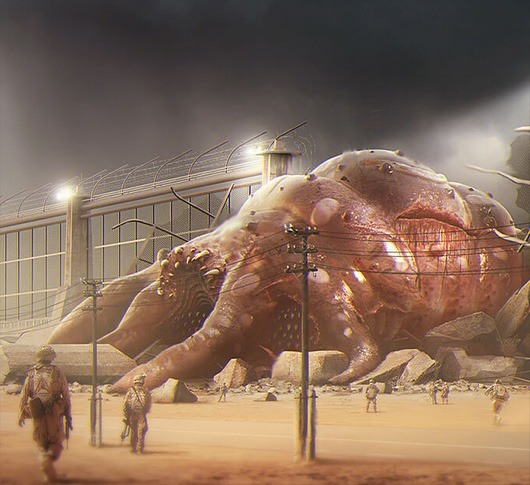 Find a Concept Artist for Hire: Our Offer
Find a Concept Artist for Hire: Our Offer 






